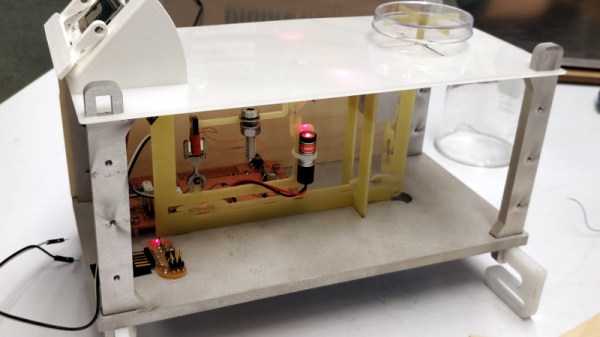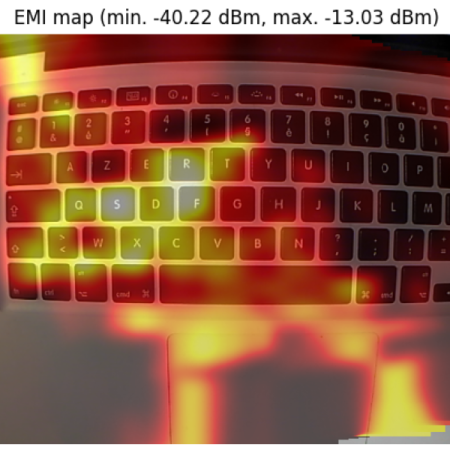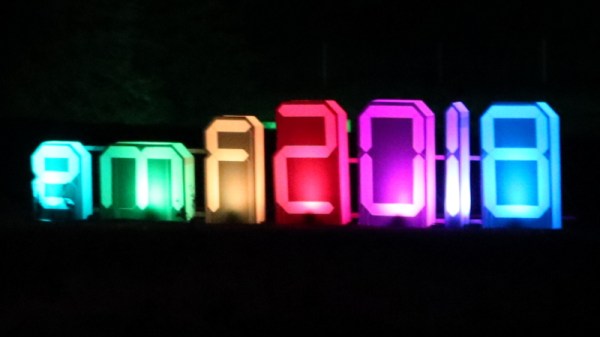It’s the news we were all expecting but not looking forward to hearing: this summer’s EMF Camp which was to be held at the end of July in Herefordshire, UK, has been cancelled. This is of course due to the ongoing public health measures surrounding the COVID-19 virus pandemic. With the country on lockdown for the forseeable future, this is a responsible decision for a gathering the size of EMF which hosted around 2,500 attendees in 2018.
Existing ticket holders will be refunded, and will be guaranteed a ticket to the next event in 2022. According to the announcement, EMF is in the red to the tune of at least £25,000 ($29,523) because of non-refundable payments associated with booking the event, something to remember in two years time when faced with the choice of a normal ticket or a supporters ticket.
Work on starting conference badge production has been halted, but development continues apace and will not go to waste as it will form the basis of the 2022 item. This will make them the event badge team with the earliest preparation ever, and from what we saw when we had a brief look at an early prototype last year it should be a badge worth waiting for.
We’re sure all readers will understand the gravity of the situation, and that the EMF team have taken an appropriate response to what is an extraordinary series of events. Organising a hacker camp is a tough job at the best of times, and this must have been particularly hard on them. We thank them for their work on our behalf at previous events and in preparing for this aborted one, and we look forward to the next EMF Camp in 2022.




 The write-up is interspersed with his course notes as he learns a series of fabrication techniques, but in addition to the milled Delrin finished model he treats us to
The write-up is interspersed with his course notes as he learns a series of fabrication techniques, but in addition to the milled Delrin finished model he treats us to 













